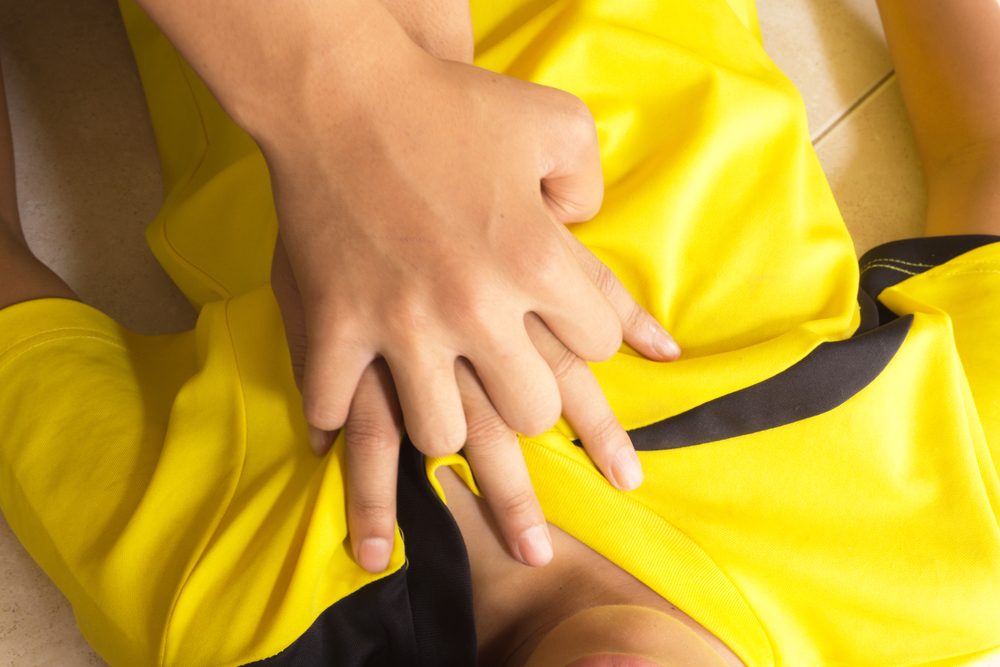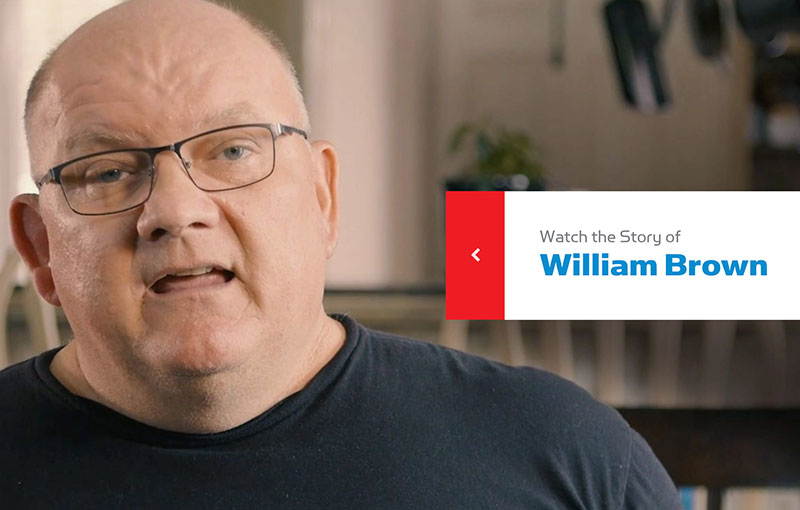How to Perform CPR on a Baby

This blog is intended for educational purposes, and should rot replace a medical diagnosis by a licensed medical professional. If you are in an emergency, please contact your local emergency room.
Every year in the U.S., CPR saves 92,000 people per year. Witnessing someone stop breathing is a terrifying experience, and if it’s a baby or small child, doubly so. But the ordeal doesn’t have to be tragic. If you determine it to be an emergency, keep a cool head while you wait for the ambulance to take the baby to your local emergency room, and use the following tactics to perform CPR on an infant effectively.
Before you do anything, check and make sure the area is safe for you to perform CPR. Also, keep in mind that an infant has a higher rate of survival with CPR than an adult who is found unresponsive. Perform CPR for either five cycles or 2 minutes before calling for an ambulance if the victim is a baby. If someone is with you, have that person call 911.
First, tap the baby on the shoulder and shout their name, or flick the bottom of their foot for a response. Remember never to shake the baby to get them to respond. If the baby is unresponsive, not breathing, or breathing abnormally, position them on their back to begin CPR.
Give 30 chest compressions, but do them gently. A baby or infant is someone under one year of age, and their bones are fragile. When performing chest compressions, use two or three fingers in the center of the chest, and press down about 1 to 1.5 inches. Press at the rate of 100, 120 per minute.
Open the baby’s airway by gently tilting their head and chin back. Be careful not to tip the head back too far, or you could damage their neck.
Give two gentle breaths by covering the baby’s mouth and nose with your mouth, and give two breaths that are only one second long each. You should see the baby’s chest rise and fall with each breath. Continue with 30 pumps followed by two breaths until emergency personnel arrives to take the baby to an emergency room.
Full Medical Disclaimer:
This blog is intended for educational purposes, and should rot replace a medical diagnosis by a licensed medical professional. You should always consult a doctor before performing any actions related to a specific diagnosis or condition. No information on this site should be relied upon to determine what qualifies as an emergency, make a medical diagnosis, or determine treatment for a medical condition. The information on this website is not intended to replace an emergency room visit or a relationship with a qualified health care professional and is not intended as medical advice.
Sources:
https://www.redcross.org/take-a-class/cpr/performing-cpr/child-baby-cpr
https://www.cprcertified.com/blog/what-are-the-differences-between-infant-child-and-adult-cpr


